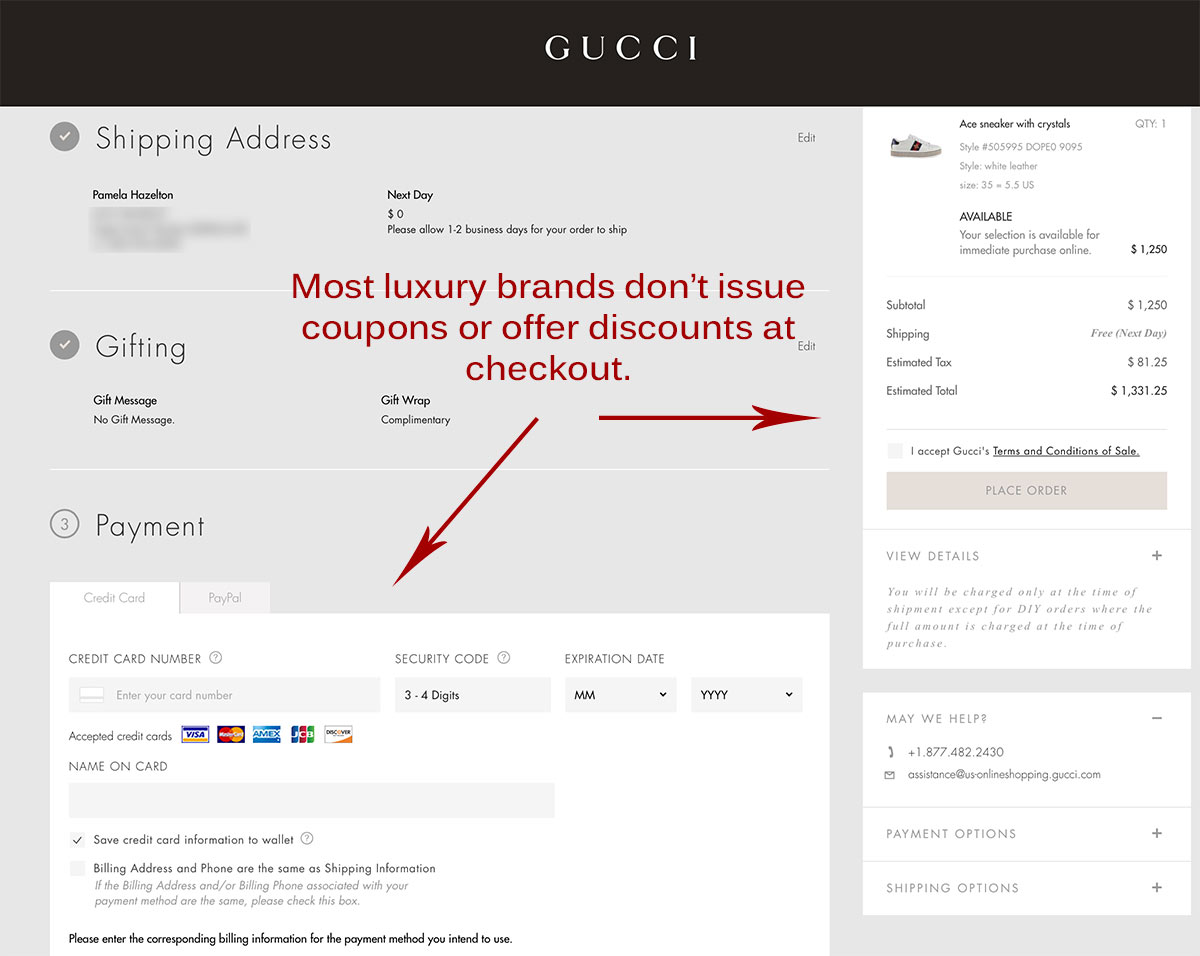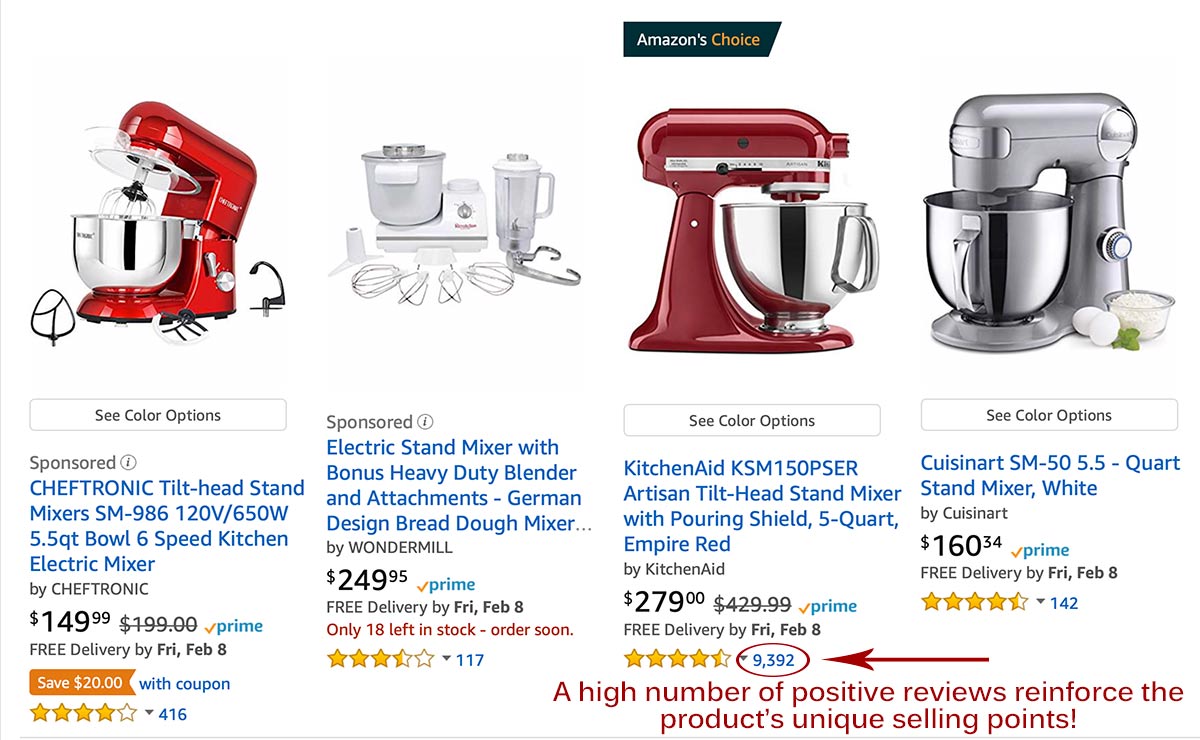Most business owners and managers desire to increase sales without discounting prices. But many observers insist that issuing coupons is a must for boosting ecommerce conversions. Regardless, do you want more sales or more profit?
Increasing sales via discounts, coupons, and undercutting competitors (or a combination of all three) isn’t typically the best practice for smaller companies. Shoppers that have a “no discount, no purchase” mentality may not be ideal customers if you intend to turn a profit. Moreover, offering cheap prices can generate too many orders for some businesses to handle.
Here’s an example. Say the cost of a product is $10. The selling price determines the number of sales and gross profit. What’s not necessarily factored, though, is the amount of additional work it takes to sell more. Selling 4,000 at $3 off can take four times the amount of work. Selling 8,000 products at $4 off can take considerably more work for the same amount of gross profit as selling half as many.
| Product Cost | Selling Price | # of Sales | Gross Profit |
|---|---|---|---|
| $10 | $15 | 1,000 | $5,000 |
| $10 | $12 | 4,000 | $8,000 |
| $10 | $11 | 8,000 | $8,000 |
Selling more also increases the amount of time spent on post-order support, such as returns and exchanges and answering general questions. Plus, those who pay less tend to require more support, and they often complain on social media if dissatisfied.
The real problem is focusing on the conversion rate without considering the overall impact on profit.
Here are five tips for driving sales without discounting prices.
5 Tips for Selling without Discounting
Focus on unique selling points of the store and its products. Attract shoppers who understand the value of quality.
Shop Gucci’s website, for example, and you won’t typically see sales or closeouts, nor a coupon code box at checkout. Luxury brands rarely offer discounts, and when they do it’s often on last-season leftovers.

Luxury brands like Gucci rarely offer regular discounting, and they often sell out of popular styles quickly.
Certain grocery brands and product types also have premium pricing. This includes many baking goods, premier coffees, and select cuts of meat. People loyal to specific brands have come to expect higher price points, even if a competitive product costs less.
Unique selling points vary by product type and target audience, but they typically include:
- The quality of ingredients or materials.
- The long-term value of the product. Products built to last can justify higher price points. For example, while KitchenAid sometimes offers rebates, its line of stand mixers costs more than other brands. KitchenAid mixers are known to last for decades, so the company has no problem asking for double or more than their direct competitors.
- The problems solved. Explaining the pain points a product addresses is key to closing sales.
- The support system. Shoppers are more apt to buy at higher prices if they know you stand by what you sell and will work quickly to fix any problem.
Shoppers realize that manufacturers and sellers focus on the positives. Relying on customer reviews to reinforce unique selling points is good practice. At Amazon, the KitchenAid Artisan mixer costs nearly double that of similar models by Cheftronic and Cuisinart, yet boasts more than 9,300 reviews — about 7,700 are 5-star.

Customer reviews reinforce KitchenAid’s stance that their mixers are better quality and will last much longer.
Create urgency. Especially prominent in the luxury fashion industry is the tactic of using simple, non-invasive sense-of-urgency messages. Hardcore fashion fans do not want to miss the latest apparel or footwear, so they’re apt to pay full boat. Any product considered trendy can utilize this method. Well-worded product notations and bullet points can help.
Soften the shipping costs. If you can’t offer free shipping, use a flat-rate method that helps eliminate frustration and increase total order values. Keep in mind, though, that products listed at a premium price often carry free shipping.
Streamline the purchase process. Making it simple to find, add, and order products is essential. It’s part of the quality, unique experience. And don’t give shoppers too long to mull over their purchase as it increases cart abandonment.
Make them feel like family. Whether you represent a brand or varying types of products, making shoppers feel cared about can justify higher prices. A meaningful experience is worth more. So incorporate live chat for sales and support and otherwise encourage people to connect with you.
Profitable Prices
To be sure, a good percentage of online shoppers buy on price alone. However, if you’re looking to sell products at profitable prices and build a loyal audience, consider focusing on how you present and support products. Pushing coupons and discounts isn’t necessarily making you more money.